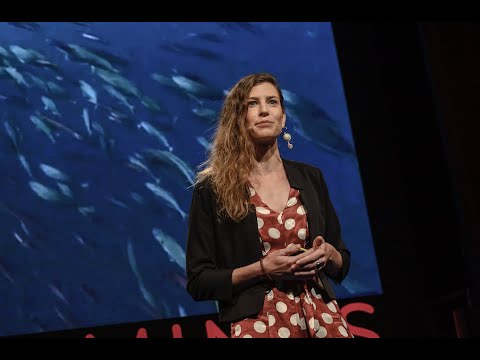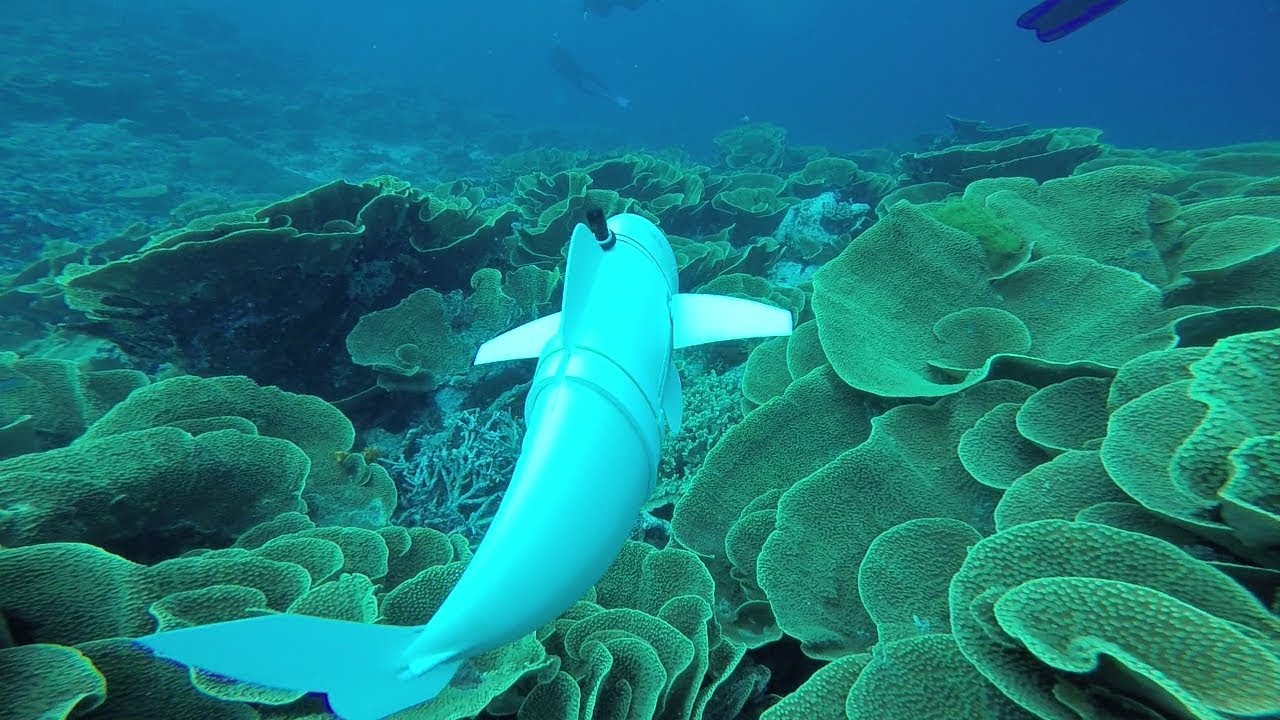Goal 14: Life Below Water
Conserve and sustainably use the oceans, seas and marine resources for sustainable development
Pollution and over-exploitation of our oceans are posing ever-greater problems, such as an acute threat to biodiversity, ocean acidification and an increase in plastic waste. A continuously growing global population will be even more dependent on marine resources in future. Goal 14 advocates significantly reducing all kinds of marine pollution and minimising ocean acidification by 2025, as well as sustainably managing and protecting marine and coastal ecosystems by as early as 2020. It also aims, by 2020, to regulate harvesting in an effective manner and to halt overfishing by ending illegal and unregulated fishing and destructive fishing practices. In addition, Goal 14 aims to prohibit specific types of subsidy to fisheries.
Source: www.eda.admin.ch/agenda2030 (edited)
Contributions of ETH Zurich (examples)
Within the framework of its core areas of research, education, campus and dialog with society, ETH Zurich contributes to Goal 14, for example, by the following activities:
Intensive Research on Oceans and Coasts
The Environmental Physics Group studies the interaction between the Earth’s biogeochemical cycles and climate from the global to regional scales. The group teaches a broad set of courses, including: Introduction to Physical Oceanography, Global Biogeochemical Cycles and Climate and Carbon Mitigation.
Spying on Microbes
In the Stocker lab, researchers from ETH Zurich spy on the lives of microbes. They are particularly passionate about marine microbes and their role in the health and disease of ocean ecosystems.

Restoring Degraded Reefs
The marine biologist Dr. Ulrike Pfreundt aims to use ecologically sound 3D printed structures to create artificial reefs that provide new habitats for more resistant corals.
Exploration of Underwater Life
The Soft Robotics Lab’s (SRL) work presents a soft robotic fish, which can swim in three dimensions. It continuously records the aquatic life in which it swims and with which it interacts. The findings demonstrate methods that can be used for studying the interactions of aquatic life and ocean dynamics.

Fish Genetic Diversity
An international research team from ETH Zurich and French universities has studied genetic diversity among fish around the world for the first time. Their research produced a map that will serve as an important tool in improving the protection of species and genetic diversity in the future.



